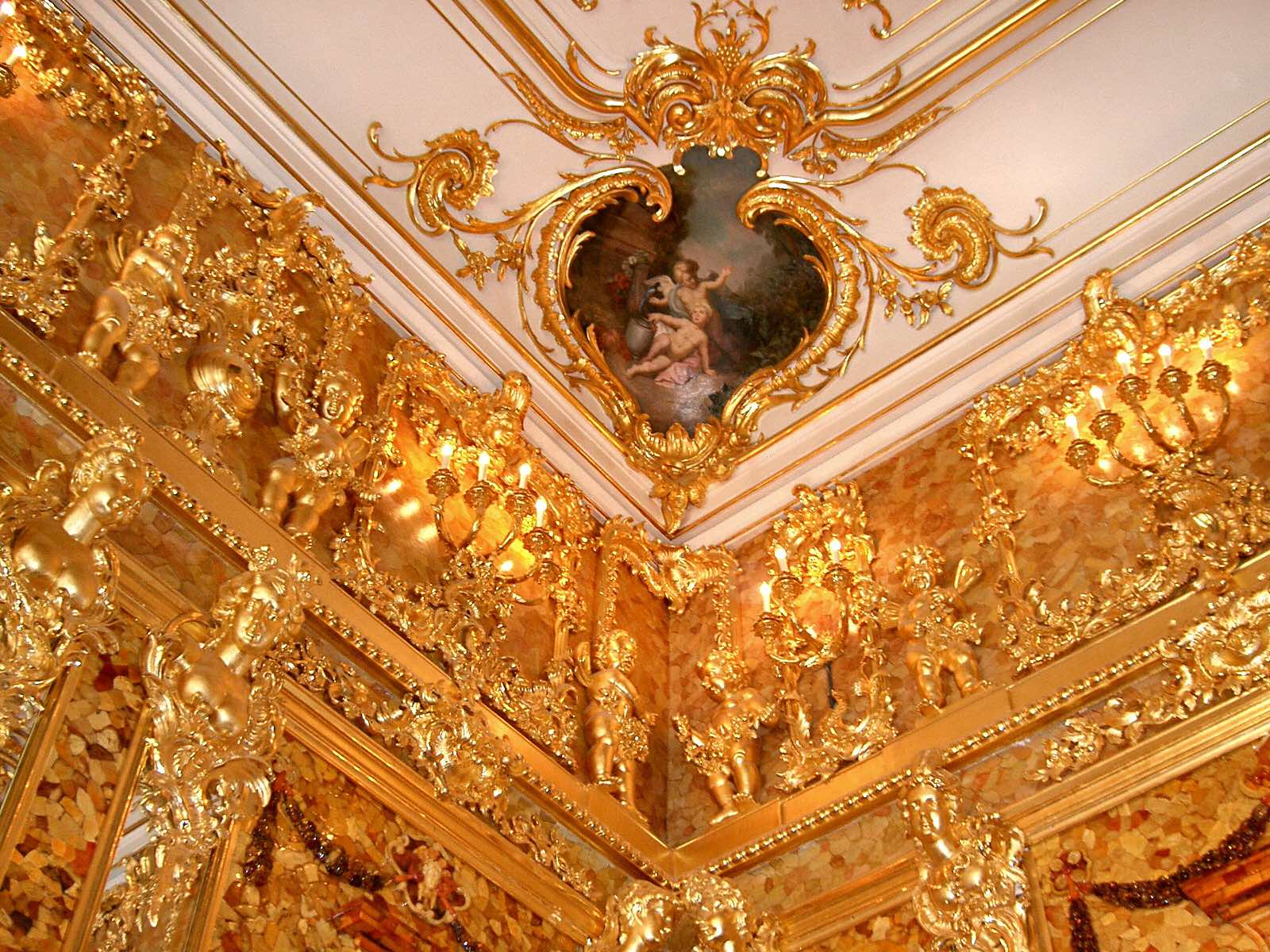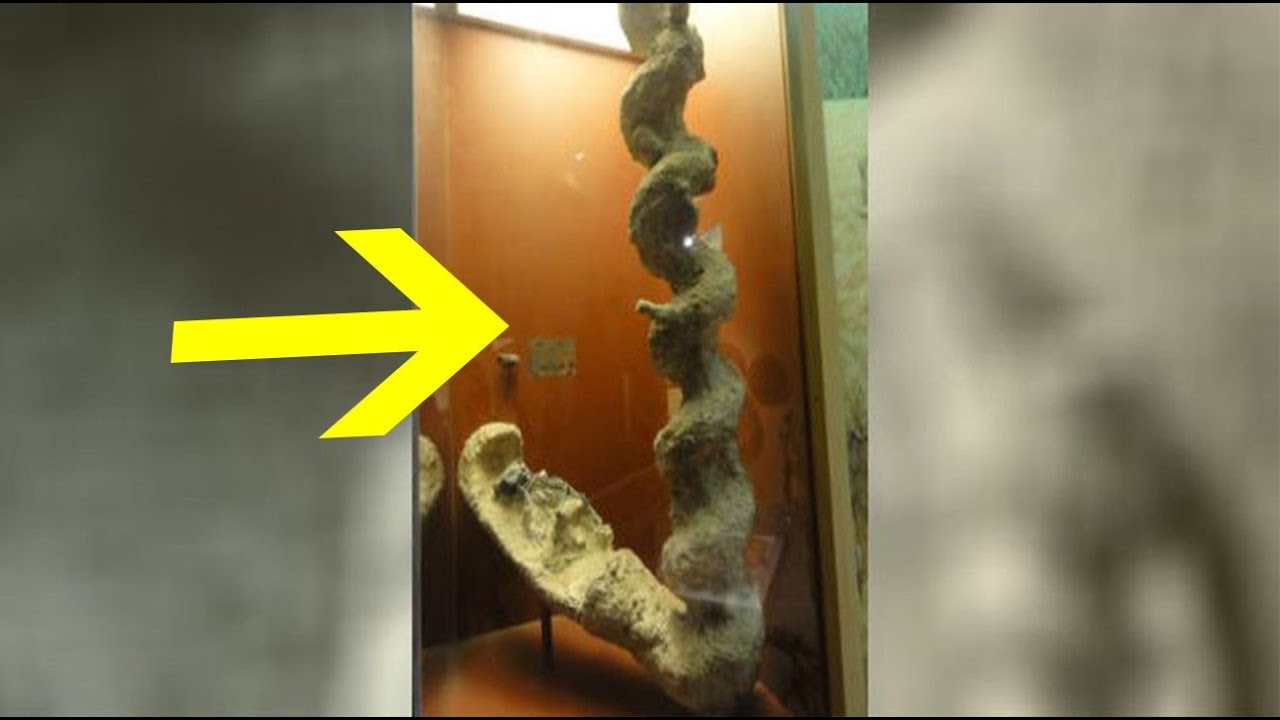Mysterious Disappearances: The Amber Room’s Elusive Legacy
Many stolen artworks have yet to be recovered, including the Amber Room – an extraordinary collection of amber panels considered one of the most valuable items ever plundered by the fascist regime. Once hailed as the “Eighth Wonder of the World,” the Amber Room’s disappearance remains one of WWII’s most perplexing mysteries.
A Regal Creation: The Amber Room’s Origins
The Amber Room dates back to 1701, when German baroque sculptor Andreas Schlüter commenced its construction. At the time, Schlüter was the chief architect of the Prussian royal court, and the idea of using amber for interior decoration was truly innovative. The Baltic region, often referred to as the Gold of the North, boasts the largest known deposit of amber – fossilized tree resin.
From Concept to Reality: The Amber Room’s Construction
Intending to decorate a room in Berlin’s Charlottenburg Palace with amber panels, Schlüter enlisted Danish amber craftsman Gottfried Wolfram. The two pioneers developed new techniques for working with amber, applying it to wooden panels adorned with gold or silver leaf and precious jewels.
A Gift Among Royalty: The Amber Room’s Journey to Russia
In 1716, Russian Tsar Peter the Great visited the Berlin City Palace, where the Amber Room was housed. To solidify the alliance between their countries, Frederick William I gifted the room to the Tsar. The Amber Room was subsequently transported to St. Petersburg and eventually installed in the Catherine Palace, just outside the city.
A Masterpiece Transformed: The Amber Room’s Expansion
Over the years, various Russian, German, and Italian craftsmen contributed to the Amber Room, expanding it to more than 590 square feet and using over 6 tons of amber. Its magnificence was unparalleled, and estimates place its modern-day worth between £120-£240 million.
The Amber Room’s Downfall: The Nazi Invasion
Despite surviving the 1917 Revolution, the Amber Room could not escape the Nazi invasion during Operation Barbarossa. Anatoly Kuchumov, head art curator, attempted to protect the room by covering it with wallpaper, but the ruse was unsuccessful. The Nazis dismantled the room and transported it to Königsberg, Germany, where it remained on display until the end of the war.
The Amber Room’s Fate: A Puzzle Unsolved
With the destruction of Königsberg Castle during the war, the Amber Room’s fate remains uncertain. Numerous theories have emerged, ranging from its destruction in bombings to being hidden in various locations such as salt mines, lagoons, or even shipped to the United States. Despite extensive research, no conclusive evidence has been found.
A Symbol of Hope: The Amber Room’s Replica
In 1979, the Soviet government commissioned a replica of the Amber Room. Completed in 2003, the replica now resides in the Catherine Palace, a testament to the room’s enduring mystique. As the search for the world’s most valuable lost treasure continues, the Amber Room’s enigma captivates historians and treasure hunters alike.
📚📖 Make sure to join Ancient Library on Telegram, and become part of a unique group 👉🏻 https://t.me/theancientlibrary
If you want to help us out and support the page, you can buy us a coffee ( we really appreciate it) 👉🏻 https://www.buymeacoffee.com/ancientlibrary
I am the Librarian, and I, together with the guardians of the Ancient Library, curate content for this site. Welcome, and enjoy your stay.
-
The Librarianhttps://ancient-library.com/author/ivan/
-
The Librarianhttps://ancient-library.com/author/ivan/
-
The Librarianhttps://ancient-library.com/author/ivan/
-
The Librarianhttps://ancient-library.com/author/ivan/





